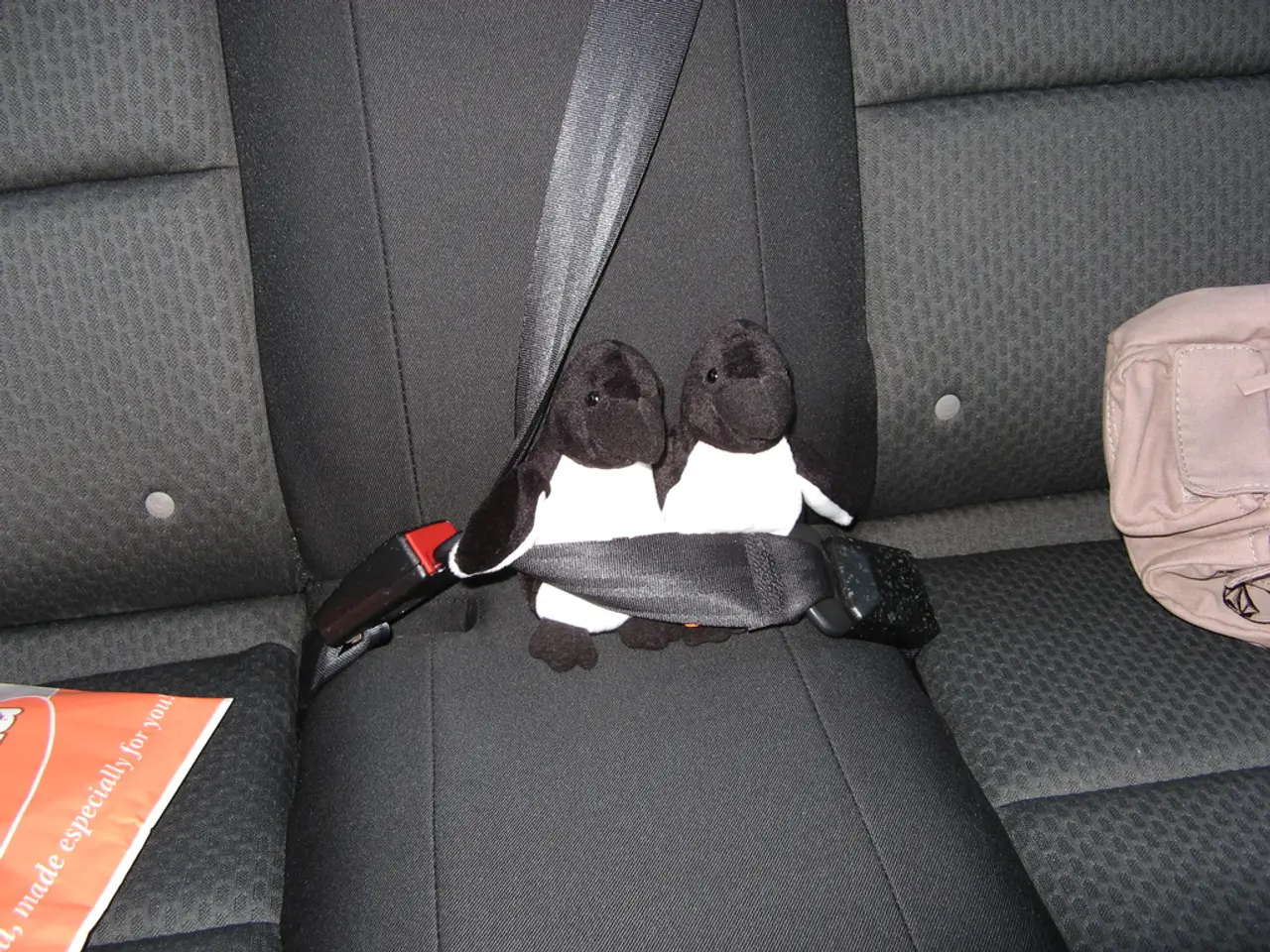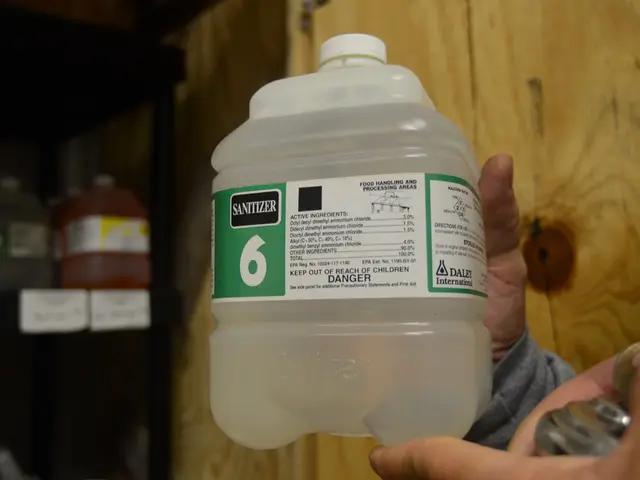Regulations Governing Child Car Seats Within Germany
Germany Enforces Strict Child Seat Laws for Taxi Rides and Personal Vehicles
In Germany, parents and guardians are required to ensure that their children use appropriate child seats while traveling in taxis and personal vehicles. Failure to comply can result in fines.
The law applies to all vehicles equipped with seat belts in Germany. Car seats in the country must comply with either UN Regulation 44/04 (R44) or UN Regulation 129 (i-Size/R129) safety standards, as indicated by an orange label.
While R44 classifies seats based on the child's weight, i-Size focuses on the child's height, which is considered a more precise method for fitting child restraints. i-Size seats also feature mandatory side-impact protection and improved crash safety.
A key feature of i-Size seats is the use of ISOFIX connectors, an international standardized system for attaching child seats directly to the car chassis anchors. ISOFIX connectors in i-Size seats correspond to the same spacing as U.S. LATCH systems, making installation easier and safer.
Children under 1.35 meters (about 4 ft 5 in) must use an approved child seat appropriate for their size. i-Size seats emphasize height-based fitting and rear-facing travel for infants up to 15 months, reflecting current best safety practices.
When buying a car seat in Germany, it is recommended to look for the orange label showing compliance with either R44 or R129. Prefer i-Size (R129) seats for up-to-date safety features and easier installation with ISOFIX. Use ISOFIX connectors if your vehicle supports them, as they reduce installation errors and enhance safety.
Ensure the seat choice matches your child's height (i-Size) or weight (R44), depending on the standard. Note that i-Size requires infants to remain rear-facing until 15 months old, which is safer for young children.
Children start in a rear-facing infant seat (Babyschale), designed for newborns and babies. As they grow, they move to a forward-facing child seat equipped with a harness (Gurtsystem). Seats with ISOFIX connectors (ISOFIX-Befestigung) are recommended for easier and more secure installation.
When traveling in a taxi, parents or guardians are responsible for providing an appropriate child seat. Taxi drivers are not required by law to provide or install child seats. In carsharing vehicles, the driver is responsible for providing and correctly installing the child seat. Carsharing services may or may not supply child seats, so it is recommended to bring your own.
Children then switch to a booster seat (Sitzerhöhung), usually not before the age of four or five. Using the correct seat is essential to avoid penalties, including points on driving licenses and fines starting from €60.
In Germany, child seats must meet European safety standards, either the older UN Regulation 44/04 (or ECE R44/04) or the newer i-Size standard (UN Regulation 129). When buying a new car seat, it should display an official approval label, an orange sticker usually found on the base or the side of the seat, which says: ECE R129 (i-Size).
For more advice, see the ADAC's child seat guide. Experts recommend keeping children rear-facing for as long as possible, ideally until 15 months or later, for better head and neck protection in a crash. Children must use an appropriate child seat until they are either 12 years old or reach a height of 150 cm (approximately 4 feet 11 inches).
Anecdotally, the police may show leniency for very short or urgent trips, but this is not a legal exemption. Using the correct seat is essential to ensure the safety of all passengers.
In Germany's health-and-wellness conscious society, following safe child seat guidelines in taxis and personal vehicles is not only a legal requirement but also a demonstration of responsibility for the child's well-being. For instance, the i-Size standard, focusing on height and featuring side-impact protection, is considered an update in science-backed child seat safety.




